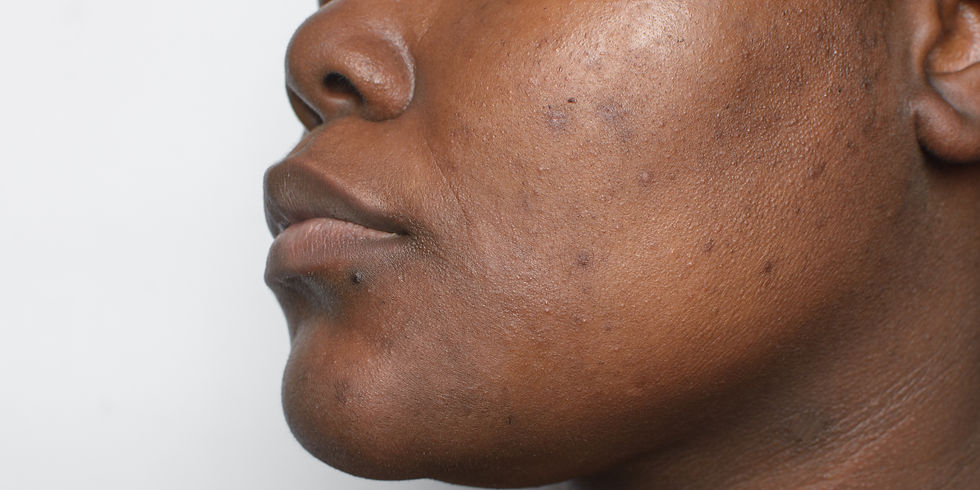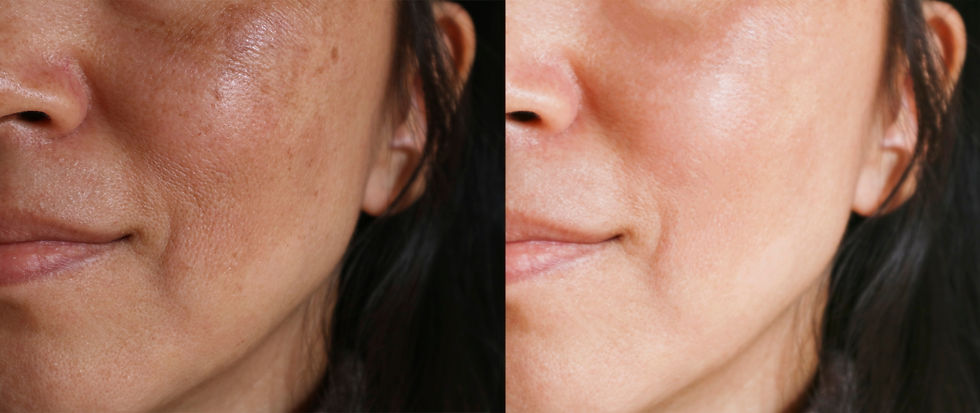Understanding and Treating Hyperpigmentation: What You Need to Know
- Corrective Skincare LA
- Aug 21
- 1 min read
Hyperpigmentation can result from sun exposure, post-acne inflammation, hormonal changes, and aging. Though it appears on the skin’s surface, pigment formation actually begins deeper within the skin. That’s why prevention is just as important as in-clinic treatments.

Daily broad-spectrum SPF is essential for preventing new pigment. Reapply every two hours when outdoors, especially during peak sun. To further protect your skin, incorporate pigment-inhibiting ingredients into your skincare routine. Ingredients like hydroquinone, mandelic acid, tranexamic acid, and kojic acid help block new pigment formation and fade existing discoloration.
In-clinic treatments, such as chemical peels, are also highly effective. We offer a range from superficial to medium-depth peels. Medium-depth options are particularly helpful for deeper pigment concerns, though they may involve some downtime. Your esthetician will recommend the best treatment for your skin.

Hyperpigmentation can be stubborn, but it is manageable with consistency and the right regimen. Be patient, stick to your routine, and trust the process—visible improvement takes time.
Caring for your skin both at home and in the treatment room is key to reducing and preventing hyperpigmentation. With the right guidance and commitment, your skin will look and feel its best.
Cynthya Gerhardt, PME


Comments